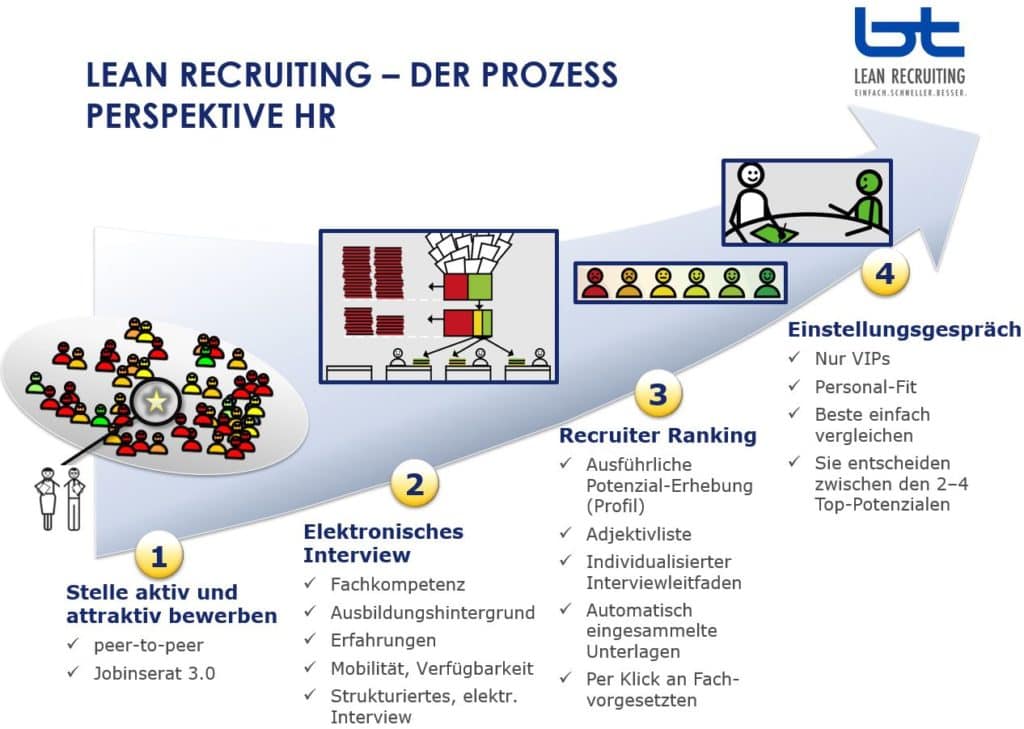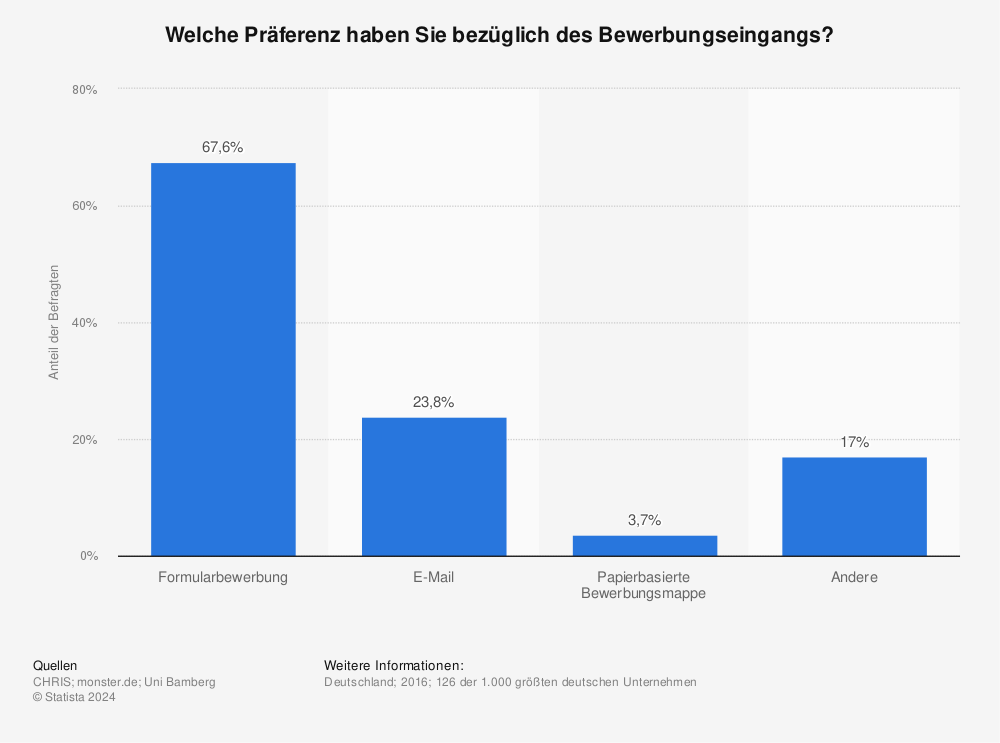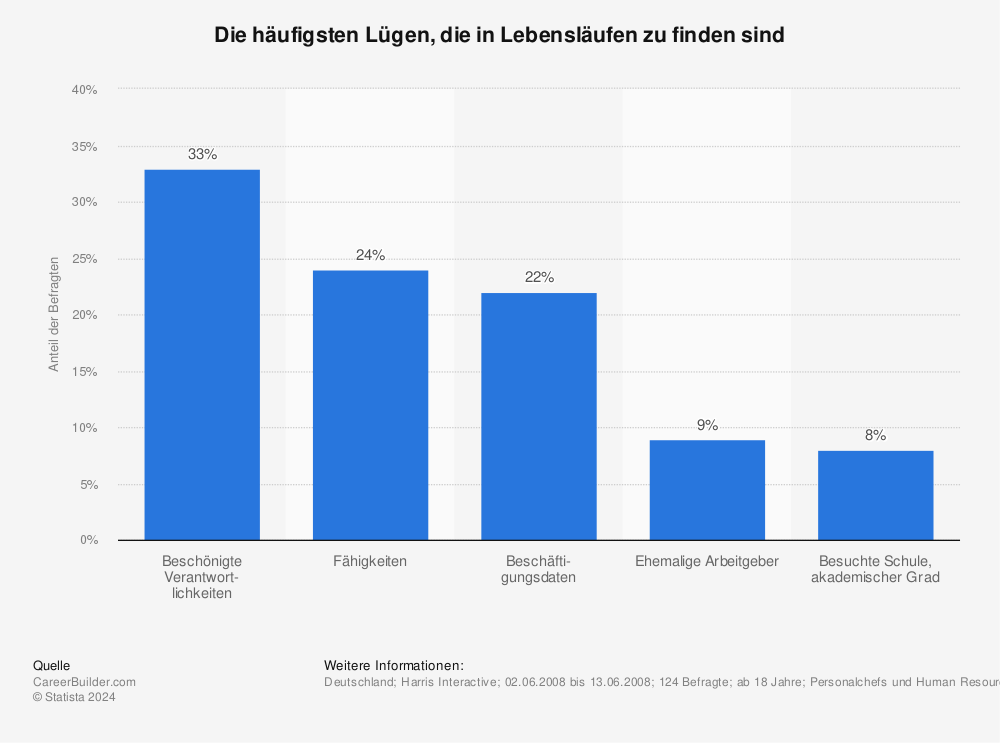Recruiting error subjectivity
Sympathy factor
One thing is particularly important when assessing and ranking candidates: whether we like our counterpart and whether we like the person more or less than the other applicants. Sympathy is a fundamental factor in the often used “gut feeling”. Although you can make a gut feeling prediction as to whether you will get on well with each other in the future, this obscures your view of the applicant’s success-relevant skills. Popular figures and top performers are not necessarily the same. What a pity, really.
Psychological effects
There are numerous other well-researched psychological effects that prevent us from making objective decisions. As the topics of psychological effects and decision-making are very extensive, we have dedicated a separate article to them.
The gut feeling
As you can see, we should not necessarily rely on our impressions – as far as the competence of potential employees is concerned. The job interview is not a good opportunity to determine skills because there are too many psychological obstacles to an objective assessment of qualifications. Science has proven this repeatedly and very clearly: Our gut feeling can lead us to make decisions that are objectively suboptimal – and also stand in the way of equal opportunities – even if we are convinced of the opposite.
Don’t worry – of course our gut feeling is important! It is important and right when it comes to assessing whether the candidate fits into the team and the company on a personal level. It is precisely at this moment that human intuition is required. However, it should first be clearly established that the applicant has exactly the skills needed to do the advertised job well.
How you can avoid recruiting mistakes: Objectivity
How you can measure competence objectively and according to requirements
What to do now? What alternative is there to going through piles of application letters, conducting job interviews and then sooner or later making a decision that is perhaps not quite so objective? The answer is relatively simple: let software help you to determine qualifications and skills objectively and according to requirements before the likability factor comes into play at a meeting.
What could such a process look like in practice? –
- You feed a recruiting software with the exact requirements that the position entails.
- The software helps you to reach as many applicants as possible with your target group-specific reinforcement request.
- The recruiting tool checks online whether the applicant has the necessary qualifications.
- If so, it interviews the candidate online to assess and evaluate their skills – objectively, always the same and measurable.
- The tool provides you with a well-founded ranking.
- It automatically sends rejections to applicants who are unsuitable.
- It provides you with an individual interview guide for the interviews with selected applicants and thus supports you in their preparation.
- You only conduct a few well-prepared interviews – with the most competent candidates – and that’s when your gut feeling is needed. You and the colleagues who will potentially work with the applicant do a sympathy check.
This procedure finds the most competent applicants, secures their decisions and saves an enormous amount of working time.
This is by no means a vision of the future. Recruiting tools with these capabilities are already in use.
First date instead of job interview
If the potential of a candidate has already been determined, then a job interview is of course completely different than before. You can get to know each other in a relaxed way, like on a first date, and check whether you could be a good match.
It is recommended that one of the interviewers at such a meeting is someone who will be working with the new employee (e.g. the hiring manager) so that a sympathy check can take place. If both sides like each other, this makes onboarding and future collaboration easier. A peer meeting, i.e. a meeting with colleagues of equal standing, is also useful. In addition to the sympathy check, detailed technical questions from the applicant can be clarified here so that the applicant can also gain an impression.

We summarize:
- Many companies – especially large corporations – are concerned with equal opportunities.
- Unconcious bias is also slowly becoming a term in Germany.
- Psychological effects are already so well known that job seekers are given tips on how to use them manipulatively for their own benefit.
- The media constantly report that women and people with foreign names are often disadvantaged; studies confirm this.
- Many HR managers report costly mistakes.
- It is obvious that sympathy checks carried out in job interviews do not say much about an applicant’s professional skills.
If it’s so easy, why are there still application letters and job interviews?
And yet letters of application are requested every day and job interviews take place every day. Why? When there are so many arguments against it – and even scientific evidence?
For one thing, the old application process seems cheaper in the short term: a recruiting tool incurs acquisition costs; application letters do not. The time spent reviewing hundreds of application folders and countless interviews and the costs of a wrong decision are not included.
Recruiters are also usually available. And after all, it has always been done this way.
And of course, many recruiters don’t want to let go of their powerful position at the interview. Many of them also fear for their jobs: What should I do if a program takes over my job? – We have written here about the fact that this concern is unnecessary – and how the recruiting profession will change in the future: Recruiting is going digital – Impact on the future of recruiters.
Another reason is, of course, that many companies are not yet aware of the possibilities that already exist or have difficulties finding the right tool.
Which tool is the right one?
Perhaps you have already researched recruiting tools on the Internet and realized that there are an endless number of them. In addition, you may not know the criteria according to which such software should be selected. We have looked into this. As this is a broad field, we have devoted several detailed articles to this topic:
Personnel diagnostics tools are based on three measurement methods. Only one of these – requirements-oriented aptitude diagnostics – is useful, as it actually identifies the aptitude for a specific job. In the following article, we explain how the various measurement methods work: Personnel diagnostics: How to find the right tool.
In the article Recruiting tools: How to find the right tool, we give you 8 questions you should ask when choosing the recruiting tool for your applicant management process and present various tools. We have gained an overview and compared the various recruiting tools in practice. Many tools only cover parts of the range of tasks. The recruiting tool that met all requirements is Lean Recruiting. It contains all of the functions mentioned above. We have described it in more detail here: Lean Recruiting: Finding the perfect employee in just 3 weeks!
 You can find more infographics at Statista
You can find more infographics at Statista
Applications in Germany: https://de.statista.com/infografik/5092/bewerbungen-in-deutschland/
Recruiting mistakes and decision making – these are interesting topics you might want to learn more about.
We have compiled a list of relevant articles for you here.
- The First impressions study by US researchers Janine Willis and Alexander Todorov from Princeton University. http://journals.sagepub.com/doi/abs/10.1111/j.1467-9280.2006.01750.x
- 2012 study by the Italian research team led by Tessa Marzi from the University of Florence https://academic.oup.com/scan/article/9/1/63/1673971/Trust-at-first-sight-evidence-from-ERPs
- Alexander Todorov, Mapping the Social Space of the Face http://www.apa.org/science/about/psa/2010/03/sci-brief.aspx
- An interesting article on the subject of first impressions
http://karrierebibel.de/erster-eindruck/ - Here is an example of how psychological effects are traded as manipulation tricks for applicants: http://derstandard.at/2000042526143/Psycho-Tricks-fuers-Bewerbungsgespraech
- Here is the interview in Stern with Harvard professor Iris Bonet “In ten years, job interviews will no longer exist “: http://www.stern.de/wirtschaft/job/harvard-professorin-iris-bohnet—bewerbungsgespraeche-gibt-es-in-zehn-jahren-nicht-mehr–7299926.html
- Iris Bonet talks at google. A video of approx. 55 min in English language
https://www.youtube.com/watch?v=EDjicfiFyGY - Here is an article from Der Spiegel that evaluates the study, “Nobody wants an Ali in their team”
http://www.spiegel.de/lebenundlernen/schule/auslaendische-vornamen-migranten-diskriminierung-durch-firmen-bestaetigt-a-960855.html - Videos in the recruiting area : https://de.statista.com/infografik/3818/daten-und-fakten-zu-video-recruiting/
Further articles on the topic of recruiting:
Personnel diagnostics: How to find the right tool.
Recruiting tools: How to find the right tool
Recruiting: How we found the perfect employee.
Lean recruiting: Find the perfect employee in just 3 weeks!
Recruiting is going digital – impact on the future of recruiters
The future of work – Part 3/3: The labor market of the future
















